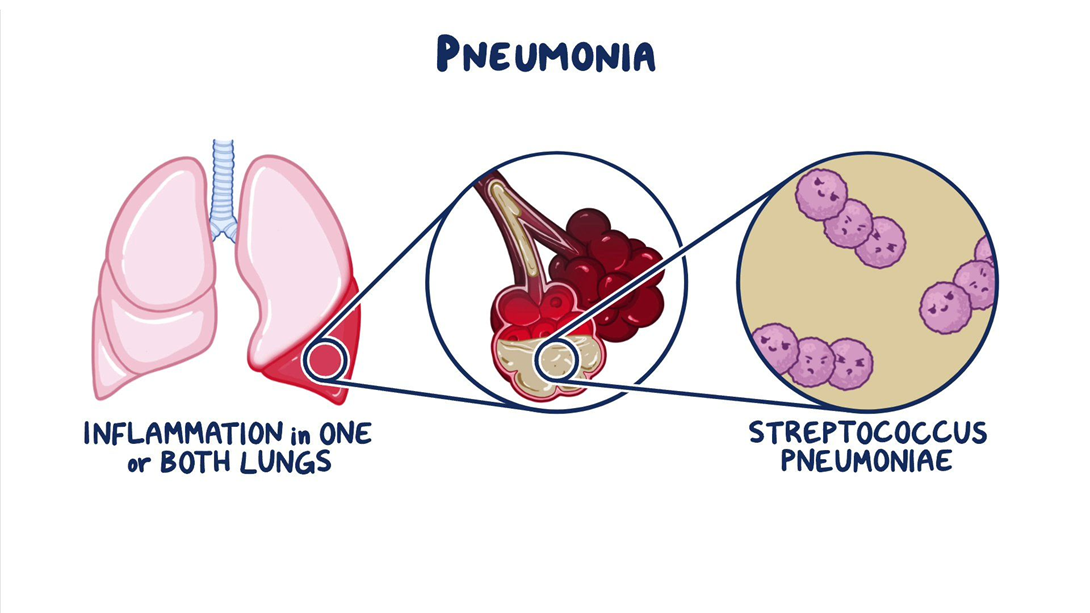Which assessment should the home health nurse include during a routine home visit for a client who was discharged home with a suprapubic catheter?
Observe insertion site.
Palpate flank area.
Measure abdominal girth.
Assess perineal area.
The Correct Answer is A
Choice A reason: Observing the insertion site of the suprapubic catheter is an essential assessment for the home health nurse, as this can help detect any signs of infection, inflammation, or leakage. Therefore, this is the correct choice.

Choice B reason: Palpating the flank area is not a necessary assessment for the home health nurse, as this is not related to the suprapubic catheter. This is a distractor choice.
Choice C reason: Measuring abdominal girth is not a relevant assessment for the home health nurse, as this is not affected by the suprapubic catheter. This is another distractor choice.
Choice D reason: Assessing the perineal area is not an important assessment for the home health nurse, as this is not involved in the suprapubic catheter. This is another distractor choice.
Nursing Test Bank
Naxlex Comprehensive Predictor Exams
Related Questions
Correct Answer is C
Explanation
Choice A reason: Assessing pupillary response to light hourly is not related to dopamine administration. Dopamine does not affect the pupils or the cranial nerves that control them.
Choice B reason: Initiating seizure precautions is not necessary for a client receiving dopamine. Dopamine does not lower the seizure threshold or cause convulsions.
Choice C reason: Measuring urinary output every hour is an important intervention for a client receiving dopamine. Dopamine increases blood pressure and cardiac output, which improves renal perfusion and urine production. Urinary output is an indicator of the effectiveness of dopamine therapy and renal function.

Choice D reason: Monitoring serum potassium frequently is not directly related to dopamine administration. Dopamine does not affect potassium levels or cause hyperkalemia or hypokalemia. However, potassium levels may be affected by other factors such as fluid balance, renal function, and medications.
Correct Answer is B
Explanation
Choice B reason: initiating a continuous infusion of IV fluids per prescription has highest priority for an infant with pyloric stenosis who is scheduled for a pyloromyotomy. Pyloric stenosis causes projectile vomiting and dehydration, which can lead to metabolic alkalosis and electrolyte imbalance. The infant needs IV fluids to correct these abnormalities and prevent complications.
Choice A reason: marking an outline of the “olive-shaped” mass in the right epigastric area is not a priority action for an infant with pyloric stenosis who is scheduled for a pyloromyotomy. The “olive-shaped” mass is a palpable sign of pyloric stenosis, but it does not require any intervention before surgery.
Choice C reason: monitoring amount of intake and infant's response to feedings is not a priority action for an infant with pyloric stenosis who is scheduled for a pyloromyotomy. The infant may have difficulty feeding due to vomiting and gastric distension, which can worsen their dehydration and malnutrition. The infant may need to be kept NPO (nothing by mouth) before surgery.
Choice D reason: instructing parents regarding care of the incisional area is not a priority action for an infant with pyloric stenosis who is scheduled for a pyloromyotomy. The incisional area will need proper care after surgery, but this can be taught later when the infant is stable and ready for discharge.
Whether you are a student looking to ace your exams or a practicing nurse seeking to enhance your expertise , our nursing education contents will empower you with the confidence and competence to make a difference in the lives of patients and become a respected leader in the healthcare field.
Visit Naxlex, invest in your future and unlock endless possibilities with our unparalleled nursing education contents today
Report Wrong Answer on the Current Question
Do you disagree with the answer? If yes, what is your expected answer? Explain.
Kindly be descriptive with the issue you are facing.
